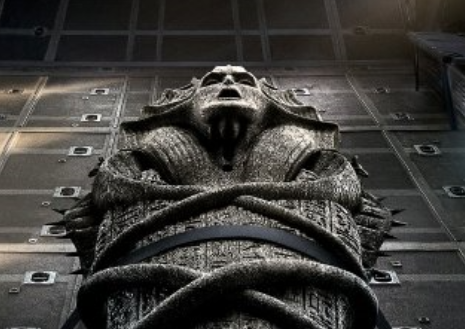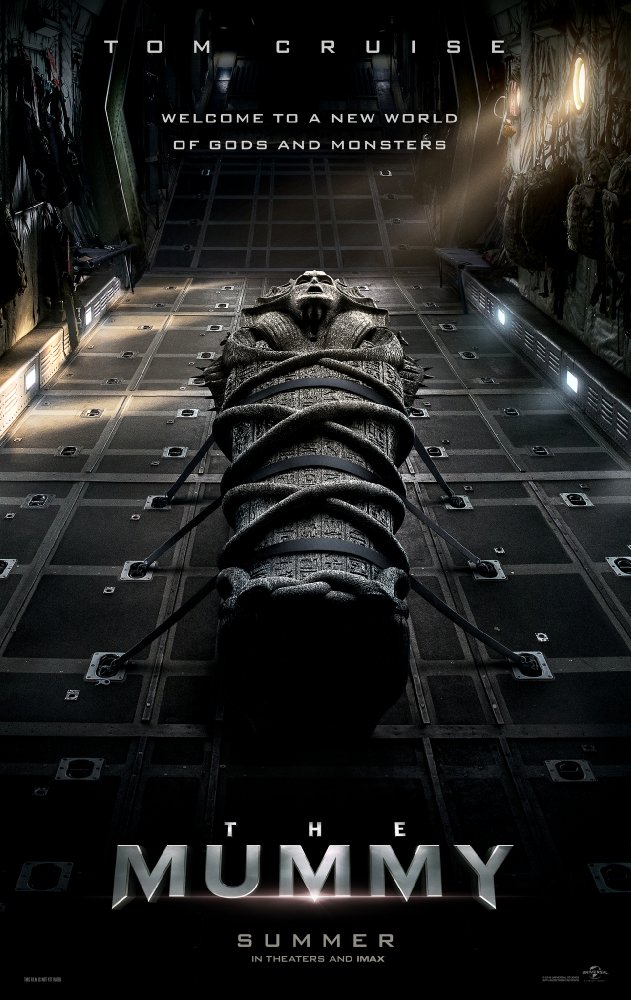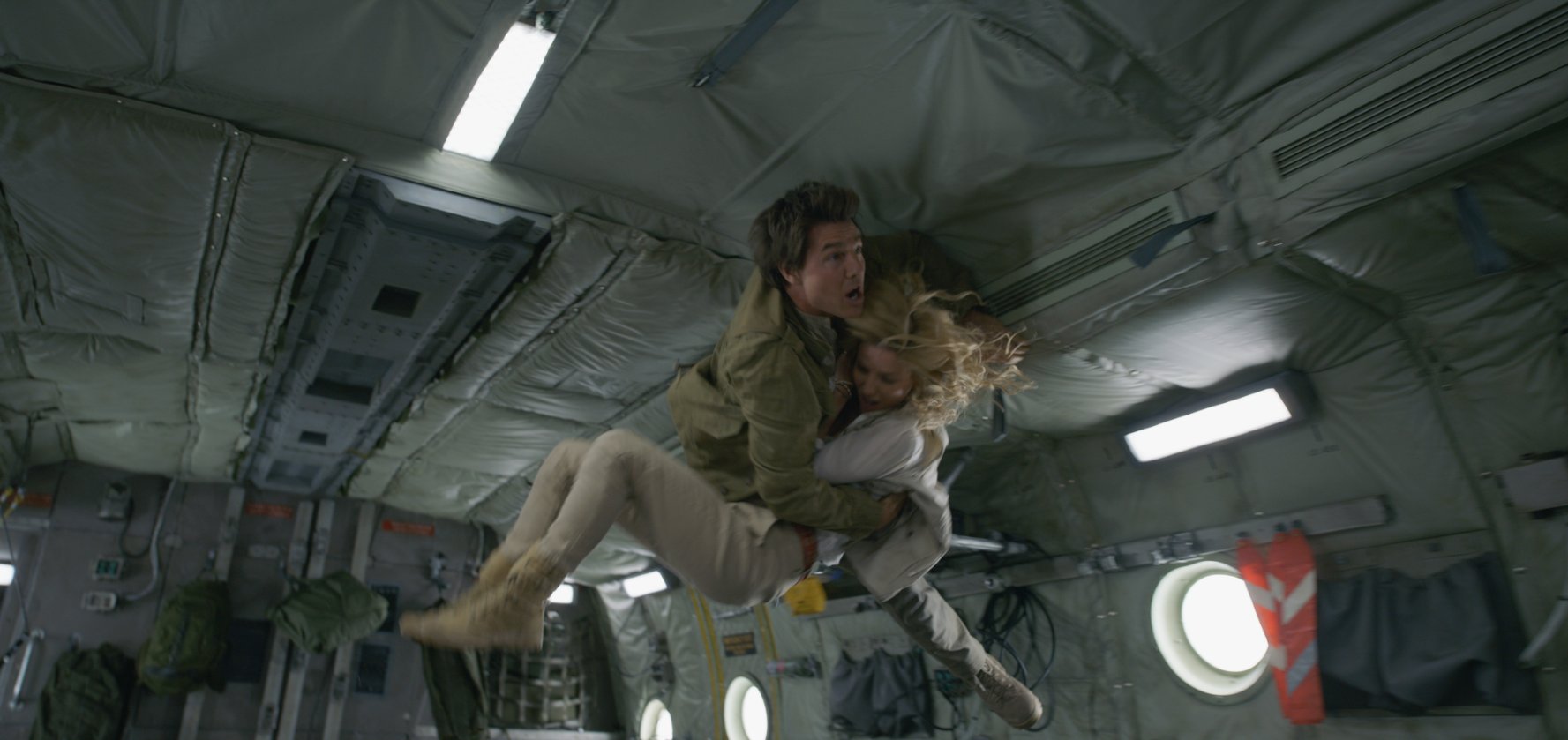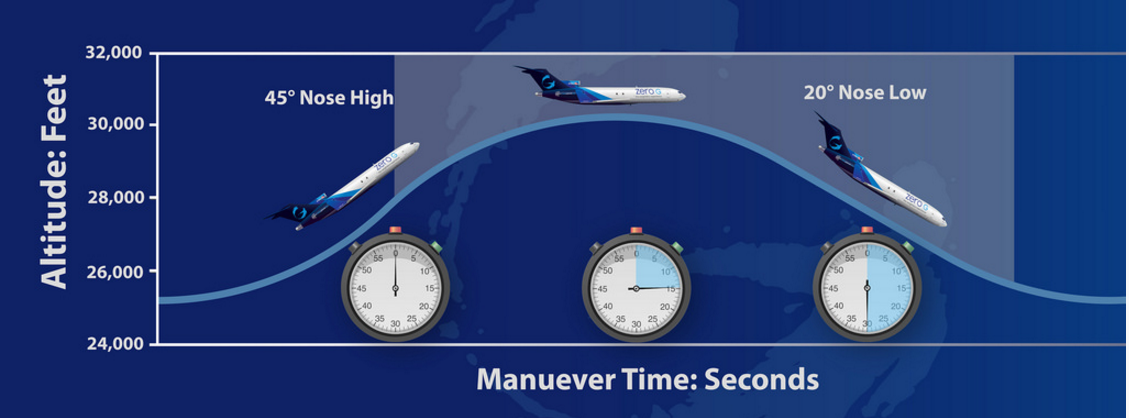Mummy wants action.
And Tom Cruise likes his stunts.
Cruise has a history of every action film he‘s in having at least one over the top, “real” stunt.
Summer movie season is coming, Cruise’s The Mummy opens on June 9th, so of course, there’s a major stunt to showcase. In the film, Cruise’s character, Nick Morton is on a cargo plane with the sarcophagus of Princess Ahmanet (the Mummy). Supernatual stuff abounds, and the plane is attacked by a flock of suicidal birds and loses control. As the plane is falling, we see the cast and cargo bouncing around inside, experiencing the free fall that only a plane crash can provide.
Not content with green-screening the whole process, Cruise wanted to go practical for the effect. To do that, he used the same approach begun by NASA in the late ‘50s – the “vomit comet.”
Let’s talk science.
The idea behind the unfortunately named flight is that if you power a plane up to a height of about 32,000 feet and let it crest over the top of a parabola, the plane and passengers will experience free fall. As a result, the plane and passengers will be falling at the same rate, and will feel weightless…or like they’re in zero gravity.
Why?
What we feel as “weight” is the surface we’re on (floor, chair, couch, bed) pushing back up on us. Most often in physics, that’s called the normal force (sometimes the reaction force, because you pushing on the ground is the action – action <-> reaction…get it?). If the floor isn’t pushing up on you with a force equal to your weight – say when an elevator in a tall building starts to go down – you feel lighter. If the floor is pushing up on you with a force greater than your weight – when an elevator in a tall building starts to go up – you feel heavier.
Let’s go back to that elevator in a tall building. Cut the table. The elevator will accelerate downward with a value that’s equal to gravity. As a result, there will be no force pushing on you from the floor, and you’ll feel weightless. At least until that sudden stop – then you’d feel a lot of weight. Quickly. And then nothing. For a long time.
It’s the same on the ISS – the station and the astronauts are constantly falling towards the earth, except, unlike the elevator, they’ve got a horizontal velocity that keeps them moving in a circle, or, as the joke goes, they’re constantly falling toward the earth, but they keep missing it…because the earth keeps curving away from them.
A quick and important physics note – even though the company, Cruise and the director all refer to this as “zero gravity,” it’s not. Look – this isn’t physics just being a buzzkill. Cruise, the cast and crew all had weight – they were just in free fall along with their surroundings. Gravity was still a pretty big deal.
Back to the stunt – the weightlessness of free fall was provided by the Zero G aircraft’s parabolic flight. Zero G is the company that NASA contracts the “weightless” training for their astronauts, and the company The Mummy used as well.
https://youtu.be/RDw_–FafxQ
For a “zero g” flight, the plane flies at a horizon of 24,000 feet, and then accelerates upward at a 45 angle. During the acceleration to the top of the parabola, the force from the floor increases (passengers are moving up more than gravity is pulling them down), and as a result, fliers experience 1.8Gs, or 1.8 times the acceleration of gravity. Basically – you feel about twice as heavy as you are – not altogether pleasant, but bearable.
Near the top of the parabola, the plane goes into free fall, although it’s still carrying its velocity from coming up the parabola. This allows it to round out the top of the parabola and begin a guided descent downward. During this time, the plane and everything inside of it is falling at the same rate, giving the feeling of weightlessness.
As 2nd Unit Director Wade Eastwood says in the video, the production had to build the set of the cargo plane that has the Mummy’s sarcophagus in it in Zero G’s plane. Additionally, the cameramen had to figure out how to move the cameras around in a wholly new environment. It was a challenge.
The weightlessness on the Zero G company flights lasts between 20 – 30 seconds, which means to film a many-seconds long portion of a movie showcasing “weightlessness” – and given multiple takes and getting used to the whole idea of three dimensions of movement – there was most likely a lot of air time. As the plane is coming down from the parabola, the floor is once again pushing up harder than the passengers are pushing down, again making them feel as if they’re about twice as heavy as they are.
We know what you’re saying – “Wait – I’ve seen this kind of thing before…” And you have. Director Ron Howard wanted realism in Apollo 13, so he filmed a portion of that movie in a similarly fitted plane during the production. Reportedly, filming of the weightless scenes took six months.
More recently, OK GO filmed the video for their song, Upside Down and Inside Out on Russia’s S7 Airlines. For the video, the group trained for three weeks at the Roscocmos State Corporation center (Russia’s version of NASA).
Oh – “vomit comet” comes from the effects free fall tends to have on the continuous conversations between inner ears and stomachs. You can bet that The Mummy’s crew used their share of little paper bags as well.
Oh, and if you’re interested – Zero G allows for tourists to try their weightless experience as well. Tickets start at around $5,000.










